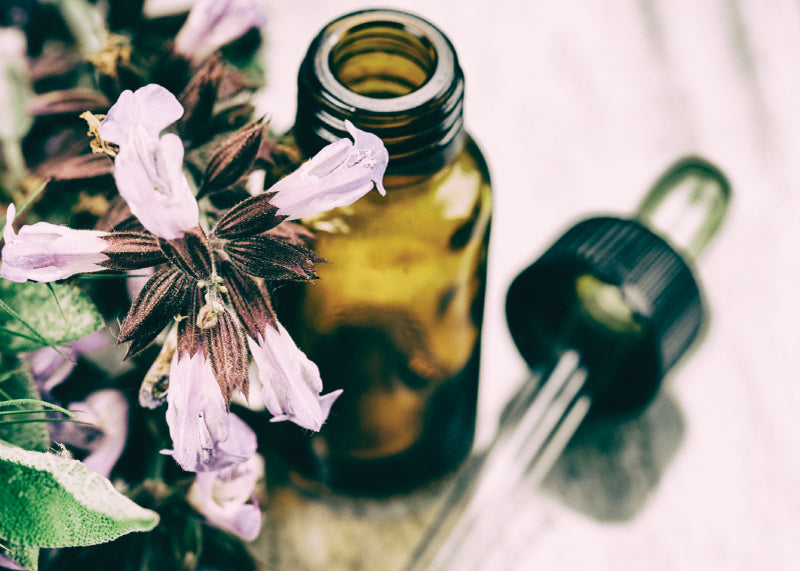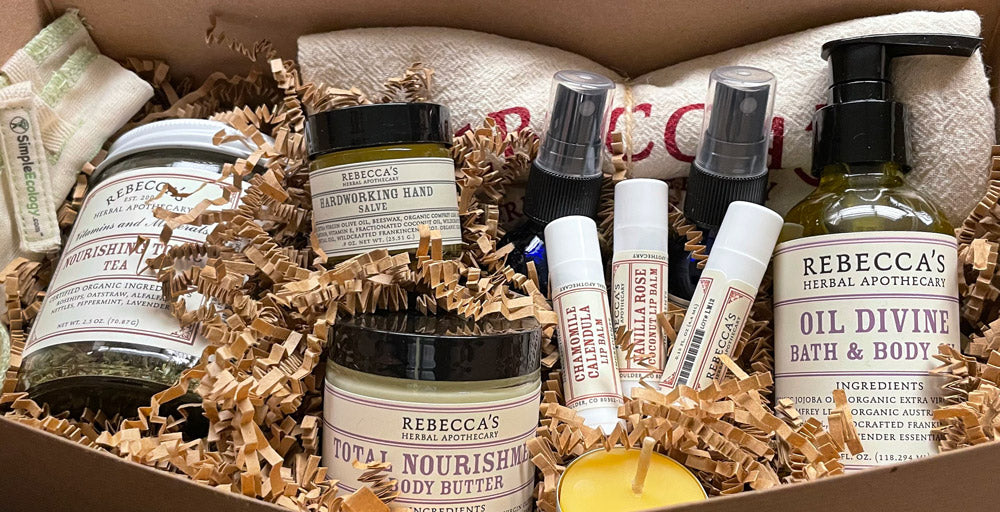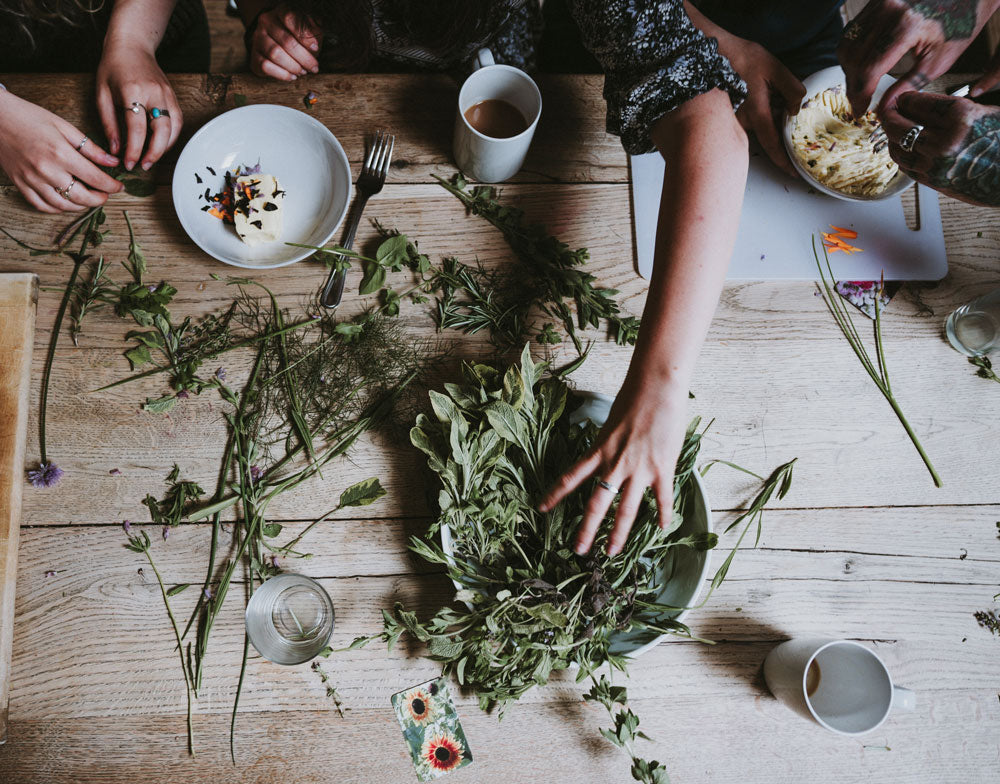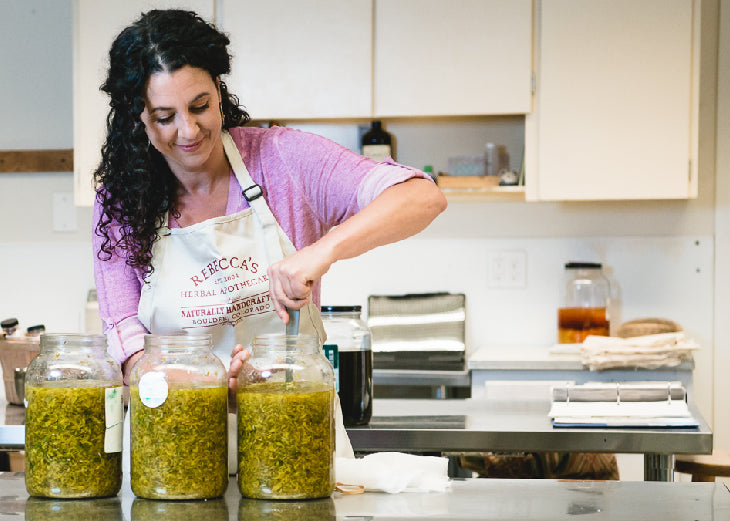Herb Article
Myrrh
Amber Brisson, Certified Clinical Herbalist & Nutritionist
 Herb
Herb
Myrrh
Latin Name
Commiphora myrrha
Parts used
Oleo-gum-resin
Medicinal Properties
Many ancient cultures acclaim the healing powers of Myrrh as a disinfecting and purifying agent. Myrrh resin was often burned during the Egyptian embalming process and was so valued by the Romans that they used it as a form of currency. Today's clinical uses of Myrrh validate the ancient applications and extend the function of this versatile medicine.
As an antimicrobial that is pain relieving and astringent, Myrrh is commonly used for infections of the mouth. The diluted tincture or powder has traditionally been used as a mouthwash or gargle for common complaints such as gingivitis, toothaches, denture sores, canker sores, laryngitis, sore throats and the common cold. Myrrh is also slightly expectorant and a valuable agent against excess mucous in the respiratory or gastrointestinal tract.
Externally, Myrrh has traditionally been used as a wound-healer. Ancient Greeks would take a vial of Myrrh with them onto the battlefield to staunch the flow of blood and to disinfect wounds. Today, Myrrh often finds its way into formulas for pain relieving liniments, more specifically in the famous recipe from 19th century herbalist Jethro Kloss, author of Back to Eden (see recipe below). Myrrh's astringent and antiseptic actions make it useful for acne and boils, as well as for mild inflammatory skin problems. Its disinfectant properties make Myrrh powder or tincture suitable as a wash for sores and wounds and also as an antifungal douche or steam.
To this day, Myrrh occupies a valuable place in both Chinese and Ayurvedic herbalism. The Chinese have historically used this resin both internally and externally for rheumatic, arthritic, and circulatory problems. In Ayurvedic medicine, Myrrh is considered to be an important remedy that has many tonic and rejuvenative properties more specifically as a blood cleanser and aphrodisiac. Myrrh is widely used in India and the Middle East for irregular and painful menstruation as it can help to purge stagnant blood out of the uterus.
Safety
When taking powdered resins internally, please consider the following advice. Resins are not easily absorbed by the gastrointestinal tract and tend to be difficult to eliminate. They are best taken internally for limited periods of time. Contraindicated for use during pregnancy
Preparations & Applications
Myrrh comes in various forms; resin, gum powder, tincture, and essential oil. The resin is commonly used for smudging, both spiritual and antimicrobial. The gum powder can be mixed with water to make a mouthwash or gargle. Powdered gum can be diluted for an external disinfectant wash or douche. I have also used the powder with great success in a recipe to remove mildew from carpet and furniture. Myrrh tincture can be diluted and used as a mouthwash, gargle, external disinfectant or taken internally as directed.
Kloss' Liniment
Kloss's liniment is useful for reducing inflammation of the muscles, cleansing wounds, and soothing insect bites. Instead of Goldenseal, you can also substitute Chaparral or Oregon Grape Root. According to Rosemary Gladstar, who has been using this recipe for over 30 years, this is one of the finest disinfectant remedies available. In her own words: "Quite truthfully, you shouldn't be without it."
1 pint of rubbing alcohol
1 ounce Myrrh gum (powdered)
1 ounce Echinacea powder
1 ounce Golden Seal root (powdered)
1/2 ounce Cayenne pepper
1. Place the powder in a jar and cover with rubbing alcohol (a food-grade alcohol can be used, but rubbing alcohol seems to work best), leaving a good 2-inch margin above the herbs. Cover with a tight-fitting lid. Place the mixture in a warm location and let it sit for 4 weeks. Shake daily.
2. Strain and rebottle. Label the bottle clearly for "External Use Only".
3. To use, apply directly on wounds or moisten a cotton ball with liniment and swab the infected area. Repeat as often as needed until the infection goes away.
Newsletter Resources
http://mountainroseblog.com/making-herbal-liniments/
Planetary Herbology by Michael Tierra
Herbal Vade Mecum by Gazmend Skenderi
http://www.anniesremedy.com/herb_detail38.php
 Herb
HerbMyrrh
Latin Name
Commiphora myrrha
Parts used
Oleo-gum-resin
Medicinal Properties
Many ancient cultures acclaim the healing powers of Myrrh as a disinfecting and purifying agent. Myrrh resin was often burned during the Egyptian embalming process and was so valued by the Romans that they used it as a form of currency. Today's clinical uses of Myrrh validate the ancient applications and extend the function of this versatile medicine.
As an antimicrobial that is pain relieving and astringent, Myrrh is commonly used for infections of the mouth. The diluted tincture or powder has traditionally been used as a mouthwash or gargle for common complaints such as gingivitis, toothaches, denture sores, canker sores, laryngitis, sore throats and the common cold. Myrrh is also slightly expectorant and a valuable agent against excess mucous in the respiratory or gastrointestinal tract.
Externally, Myrrh has traditionally been used as a wound-healer. Ancient Greeks would take a vial of Myrrh with them onto the battlefield to staunch the flow of blood and to disinfect wounds. Today, Myrrh often finds its way into formulas for pain relieving liniments, more specifically in the famous recipe from 19th century herbalist Jethro Kloss, author of Back to Eden (see recipe below). Myrrh's astringent and antiseptic actions make it useful for acne and boils, as well as for mild inflammatory skin problems. Its disinfectant properties make Myrrh powder or tincture suitable as a wash for sores and wounds and also as an antifungal douche or steam.
To this day, Myrrh occupies a valuable place in both Chinese and Ayurvedic herbalism. The Chinese have historically used this resin both internally and externally for rheumatic, arthritic, and circulatory problems. In Ayurvedic medicine, Myrrh is considered to be an important remedy that has many tonic and rejuvenative properties more specifically as a blood cleanser and aphrodisiac. Myrrh is widely used in India and the Middle East for irregular and painful menstruation as it can help to purge stagnant blood out of the uterus.
Safety
When taking powdered resins internally, please consider the following advice. Resins are not easily absorbed by the gastrointestinal tract and tend to be difficult to eliminate. They are best taken internally for limited periods of time. Contraindicated for use during pregnancy
Preparations & Applications
Myrrh comes in various forms; resin, gum powder, tincture, and essential oil. The resin is commonly used for smudging, both spiritual and antimicrobial. The gum powder can be mixed with water to make a mouthwash or gargle. Powdered gum can be diluted for an external disinfectant wash or douche. I have also used the powder with great success in a recipe to remove mildew from carpet and furniture. Myrrh tincture can be diluted and used as a mouthwash, gargle, external disinfectant or taken internally as directed.
Kloss' Liniment
Kloss's liniment is useful for reducing inflammation of the muscles, cleansing wounds, and soothing insect bites. Instead of Goldenseal, you can also substitute Chaparral or Oregon Grape Root. According to Rosemary Gladstar, who has been using this recipe for over 30 years, this is one of the finest disinfectant remedies available. In her own words: "Quite truthfully, you shouldn't be without it."
1 pint of rubbing alcohol
1 ounce Myrrh gum (powdered)
1 ounce Echinacea powder
1 ounce Golden Seal root (powdered)
1/2 ounce Cayenne pepper
1. Place the powder in a jar and cover with rubbing alcohol (a food-grade alcohol can be used, but rubbing alcohol seems to work best), leaving a good 2-inch margin above the herbs. Cover with a tight-fitting lid. Place the mixture in a warm location and let it sit for 4 weeks. Shake daily.
2. Strain and rebottle. Label the bottle clearly for "External Use Only".
3. To use, apply directly on wounds or moisten a cotton ball with liniment and swab the infected area. Repeat as often as needed until the infection goes away.
Newsletter Resources
http://mountainroseblog.com/making-herbal-liniments/
Planetary Herbology by Michael Tierra
Herbal Vade Mecum by Gazmend Skenderi
http://www.anniesremedy.com/herb_detail38.php




